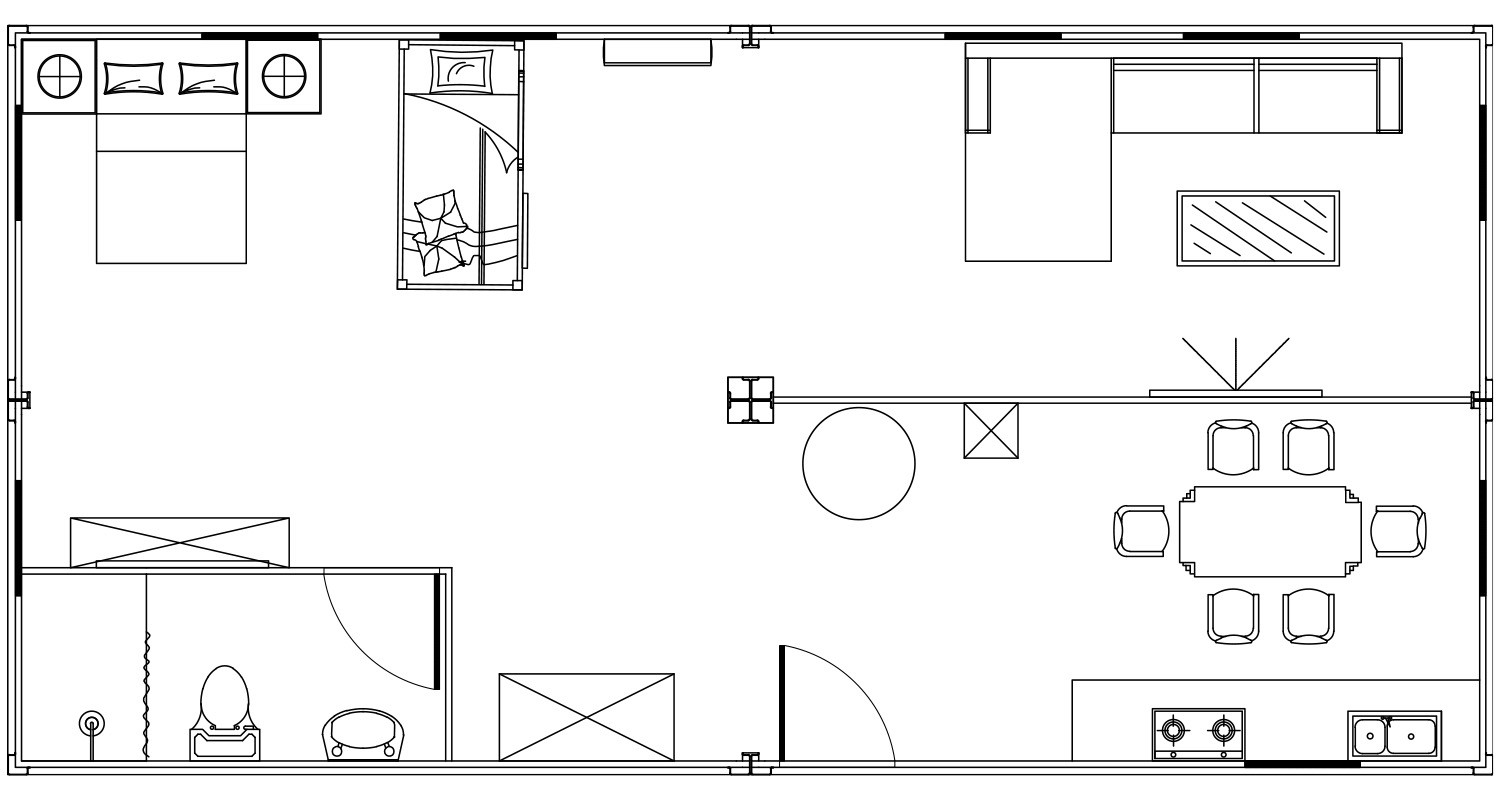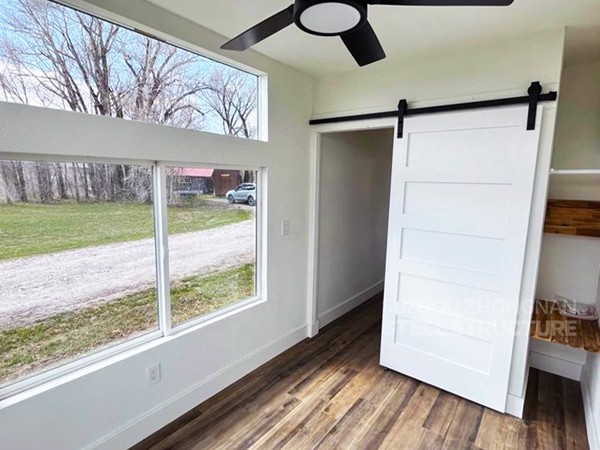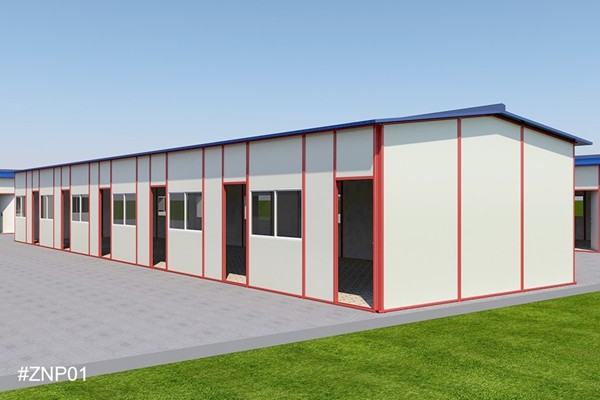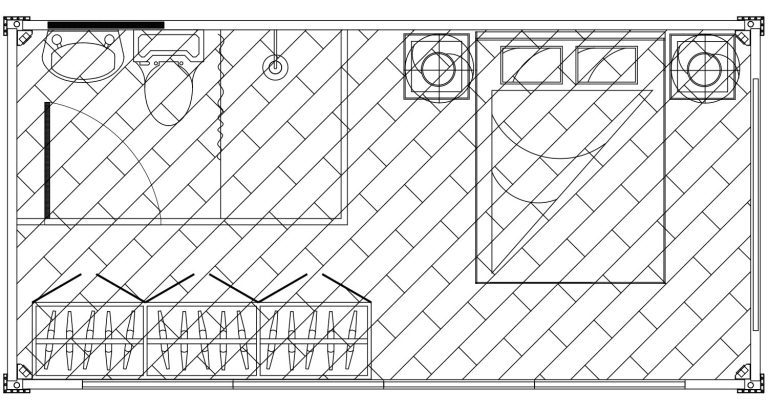container summer house
Transforming an old shipping container into a summer house has become a popular trend among eco-conscious homeowners and creative architects. This innovative approach to housing not only provides a sustainable and cost-effective alternative to traditional building methods but also showcases a cutting-edge design perspective. With the right expertise, converting a container into a livable space can offer an extraordinary summer experience, while enhancing one's property value.

The transformation begins by selecting the appropriate type of container. These containers, usually made from corten steel, are robust and designed to endure harsh weather conditions at sea. Therefore, they make a perfect base structure for sustainable buildings. Opt for a container size that fits well with the intended use and available land space. High cube containers, which offer added height, are particularly favored for residential projects.
Before diving into construction, understanding the local building permits and regulations is essential. Some jurisdictions might have specific guidelines regarding the use of shipping containers as dwellings. Consulting with an architect or a local contractor who specializes in container homes can provide insights into these legal requirements and help streamline the process.

Once the initial groundwork is laid, the design phase unfolds. It's crucial to prioritize insulation as one of the first enhancements to your container summer house. Proper insulation ensures that the space remains comfortable throughout the season by maintaining a steady internal temperature. Consider using spray foam or insulating panels to keep heat out effectively.
Further, windows and doors are integral in transforming a container into a light-filled, airy space. Strategically placed, double-glazed windows enhance natural light while maintaining energy efficiency. Sliding doors opening onto a deck can seamlessly blend indoor and outdoor living spaces, perfect for those lazy summer afternoons.container summer house
Incorporating green technologies such as solar panels or a green roof can also contribute to an eco-friendly profile. Solar panels can provide enough energy to power basic amenities, reducing the reliance on external power sources. Meanwhile, a green roof supports biodiversity and aids in reducing the urban heat island effect, particularly beneficial during hot summer months.
Another important aspect of a container summer house is the interior design. Minimalist design elements with multifunctional furniture can maximize the limited space. Convertibles and modular pieces ensure the area remains open yet functional. Use light colors to paint walls to create an illusion of a bigger space, and complement this with strategic lighting to highlight key areas.
Water management solutions are vital, especially if the container home is in a remote area. Integrating a rainwater harvesting system can provide a secondary water source for non-potable uses, such as irrigation and toilet flushing. Efficient plumbing systems calibrated for water conservation can make the space more sustainable.
For individuals seeking a unique, stylish, and sustainable option for summer living, a shipping container summer house ticks all these boxes. These dwellings represent more than a trend; they embody a shift towards sustainable living, offering durability and modern aesthetics. Plus, with their rapid construction time and affordability, container summer houses make perfect sense for those looking to immerse themselves in nature without the hefty price tag of traditional vacation homes.
Lastly, the key to a successful shipping container summer home lies in proper planning and skilled execution. Collaborating with professionals who have experience in this niche arms you with the knowledge necessary to tackle challenges that may arise during conversion. This expertise ensures that your creative vision aligns with structural integrity and regulatory compliance, building a summer retreat that stands the test of time.






